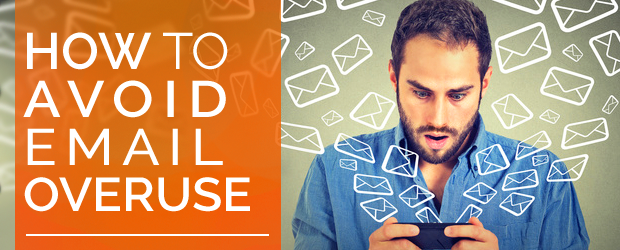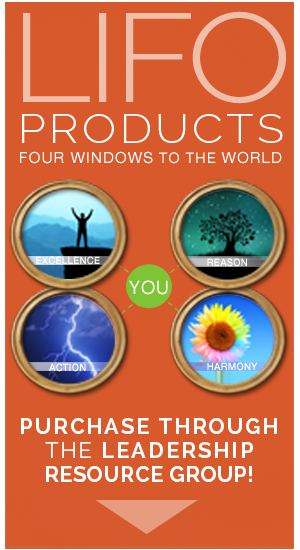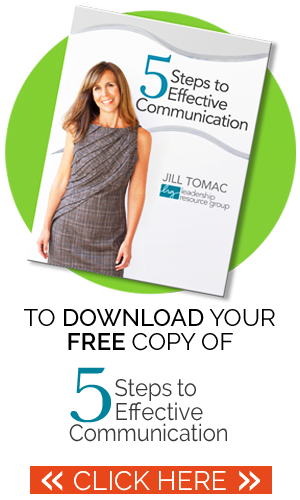There is no doubt that we have all become accustomed to using email, texts, Facebook, LinkedIn, Twitter, and other forms of electronic media to converse. It’s quick. It’s efficient. It’s direct.
A study conducted by the Radicati Group, a market research firm, predicts that by the end of 2015 there will be over 1 billion corporate email accounts. The Center for Creative Leadership’s survey found that 60% of smartphone-using executives, managers, and professionals are electronically “connected” to their jobs for 72 hours a week…a mind blowing 13.5 or more hours per day, and 5 hours over the weekend scanning emails!
Email often seems like the best and certainly most comfortable method to share information or blast out a request. In just a few simple minutes you can disperse information, check off that box, and move on with your day.
And some of us (or maybe all of us) have deferred to email as a way to avoid uncomfortable situations. When it is just you and your computer you don’t have to deal with in-the-moment reactions, confrontation, or your fear of potential rejection. It just somehow feels “safer” than having a live conversation.
When you compose a message on email, you are less inhibited and more likely to say what you feel than when you have to look someone in the eye and deliver that same message. This opens the door for potential damage as the human element can be lost.
When we rely on email as our primary mode of communication, we also miss crucial opportunities:
• Building Trust • Understanding Another Perspective • Working Through Issues
• Creating Alignment • Strengthening Relationships
Think about it, have you ever had an issue escalate over email? You know, those times when you just wanted to assign a task, share information, or provide your opinion only to find that your message was misunderstood? Those quick 3 minutes that it took to write the message has now turned into hours of meetings to undo the confusion of your message. Not to mention the time wasted by the recipient of your email as they debriefed… complained … and belabored over what they perceived to be the underlying meaning of your message.
Email issues become especially problematic where there is already a lack of trust or an interpersonal conflict. In the absence of live conversation, there is just too much room to make assumptions or “fill in the blanks”.
In most cases you can actually accomplish more, save time, and avoid unnecessary conflict when you step away from the email and just have a conversation.
Here are 4 techniques to ensure you are not overusing email:
CLARIFY YOUR DESIRED OUTCOME
Before sending out an email ask yourself “what am I hoping to accomplish?” If your message could result in any form of emotional reaction, cause confusion, create a conflict, or solicit greater discussion, then having a live conversation may be much more efficient. Meeting face-to-face is also your best bet if you are looking to solve a problem that requires collaboration and engagement.
When corresponding electronically you don’t have to experience the discomfort that goes along with a disappointed look, a bored expression, an unhappy frown, or any reaction that shows disapproval. But keep in mind, even if you don’t see it, the reactions still exist. The very thing that you are avoiding may just be THE conversation that will bring you closer to your desired outcome.
REQUEST A MEETING
Concerned about getting into a lengthy discussion? Worried that their perspective may differ from yours? Know they may not be happy with your feedback? These are all reasons why I see my clients using email instead of conversations. Rather than initiating what they perceive to be an uncomfortable meeting, it instead turns into a long, grueling, and at times hostile email exchange.
Before initiating or responding to what could be a lengthy and confusing email loop, it is much more efficient to request a meeting and take care of the situation face-to-face. A basic rule of thumb is that if the item will require more than 3 email exchanges, it is better to have a conversation. In today’s fast-paced, tech-driven business world, we often lose sight of how essential it is to have face-to-face interaction. During live conversations the rationale behind a decision can be discussed, emotions can be vetted, and accountability can be strengthened.
Likewise, if you receive an e-mail that seems like it is going to turn into multiple email exchanges you can always respond “I would like to explore this topic with you and feel it would be more efficient for us to have a conversation rather than try to share my input via email, please let me know when we can discuss.” Never underestimate the power of human interaction.
TAKE A BREAK
Have you ever responded to an email when you were frustrated, disappointed, or having some sort of emotional reaction? Chances are, the receiver of that message sensed your negative energy. Responding to an email when you are having an unproductive reaction can often cause more harm than good.
So, what to do? Take a break. Save your message as a draft. Step away. Come back later with fresh eyes. Or better yet, have a trusted adviser, a coach, or confident take a look and provide an objective point of view. Always remember, once something is put in writing it cannot be taken back and may cause a great deal of wasted time trying to explain your intent later.
PUT YOURSELF IN THEIR SHOES
Sometimes we are so caught up in our own perspective, that it becomes difficult to see the impact of our actions on another. Always remember, people on-line are still people. Consider how they may feel to receive your message. John Suler, PhD, a Professor at Ryder University discovered the on-line disinhibition effect to describe human behavior in cyberspace. People have a tendency to loosen up, feel less restrained, and express themselves more openly on-line. While this may allow people to open up in a positive way, it can also lead to rude language, harsh criticism, anger, and even threats.
So before you hit “send” reflect on how you would feel to receive the message. What would influence you to take action, make a decision, or embrace a change? If you want to have a positive impact and achieve your desired results, you will be much better off if you first put yourself in their shoes.
Email and other forms of social media are certainly powerful tools for enhancing speed and efficiency, but can never replace the power of live conversations in its ability to strengthen trust, engagement, and relationships.
Tired of communication barriers getting in your way?
Ready to have more productive conversations?
Want to put an end to interpersonal conflict and get focused on what matters most?
If you are answering these questions with a resounding “YES”, then it’s time to schedule a complementary Deep Dive Session today!





Hey Jill, some good points here. I really feel like a phone call or a face-to-face meeting is the best way to build a relationship. It’s much harder to really get to know someone over email.
I’ve starting scheduling coffee meetings into may calendar every week so that I can meet new people or build the relationship with someone I already know.
An added benefit is that because I work from home, it gets me out of the house and enjoying a conversation with someone in-person.
~Nadine
Nadine, thanks so much for reading my blog and sharing your insight. Those are great tips and I so agree that having a conversation, whether it be over the phone or face-to-face, is the most powerful way to build and strengthen relationships.
~Jill